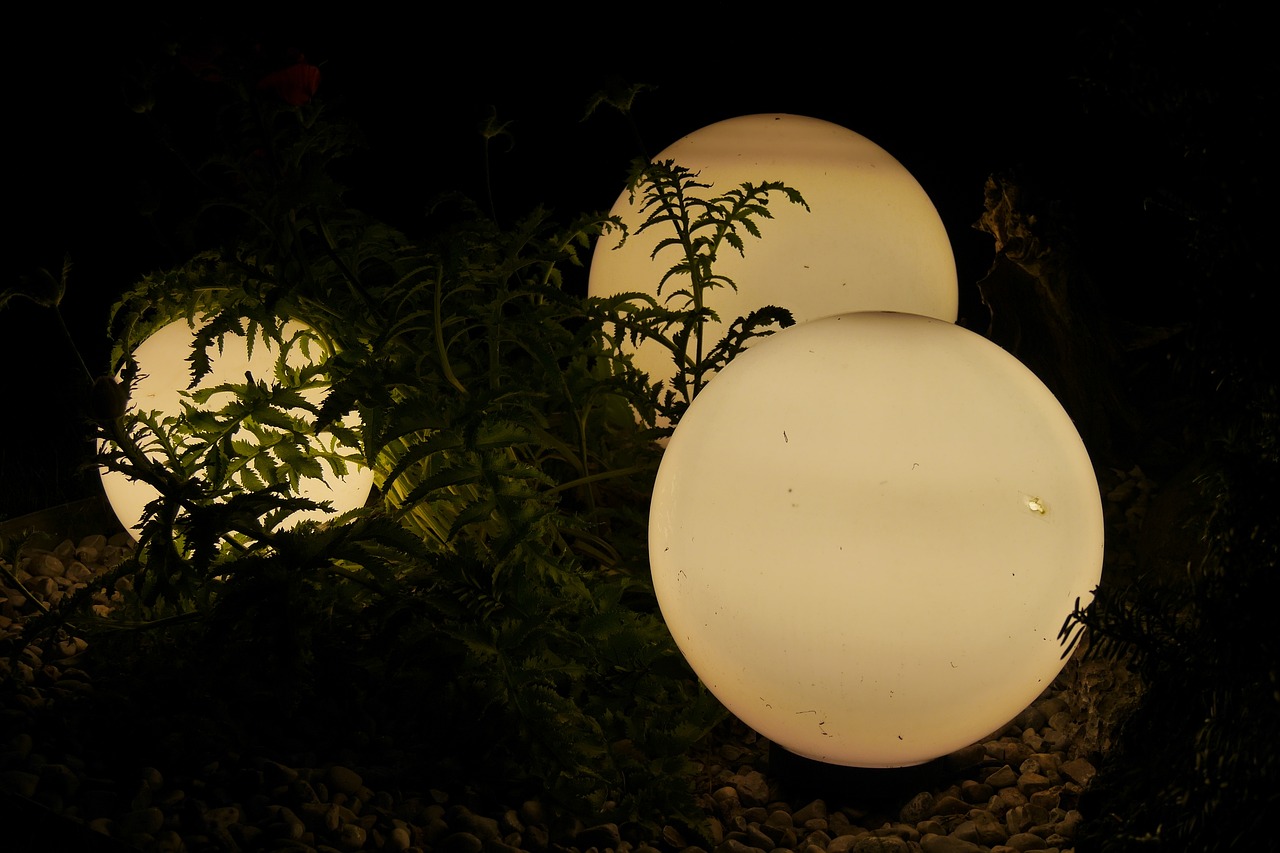LED dimmer light flicker can occur for a variety of reasons, and determining the main cause is critical to resolving the issue. We’ve been handling this issue for our clients and homes for years.
We will provide our top 19 tips for investigating and resolving dimmable LED flash.
Let’s start with the most prevalent causes of flickering LED lights.
The Top causes of dimmable LED light flickering and flashing
If your LED lights flicker when dimmed, it’s most likely due to one of the top five causes of dimmable lights flashing.
1. Unsecured Wiring
The intermittent flickering of LED lights could be caused by a simple installation error. Unsecured wiring is one of the most common difficulties encountered. Any loose wires will have to be rejoined or tightened.

It is suggested that you have an expert inspect your wiring, as they may discover potential loose connection problems that cause flashing LED lights and repair any potentially hazardous concerns.
2. The LED is not dimmable
Not all LEDs are meant to be dimmable.
Dimmable lights flickering and LED bulbs flashing when dimmed are common problems caused by LEDs that are not dimmable.
Attempting to dim an LED that isn’t built for dimming will cause flickering, which is also a common cause of buzzing LED lights.
As a result, when attempting to dim a non-dimmable bulb, LED light bulbs tend to flicker.
Also Read: How to Make Your Moving House Stress-Free and Exciting
3. Use Non-Dimmable LED Bulbs
Keep in mind that manufacturers provide the choice of creating a dimmable LED lighting circuit or paying somewhat less for non-dimmable items.
To avoid concerns such as LED bulb strobing, check for the word ‘dimmable’ on the package or in the specs for light bulbs that are compatible with dimmer switches.
4. Defective dimmable LED bulbs
If a single light bulb or fixture is flashing, consider replacing it with a known functional one before conducting additional inquiry to verify whether the problem is due to a defective product.
If all of the bulbs are flashing at the same time, it is unlikely that they are all malfunctioning.
5. Incompatible Dimmer Switch for LED Lighting
Even if an LED is dimmable, it may not work correctly with all dimming systems.
Dimmable lights may flicker if the dimmer switch uses an incompatible dimmer module. When upgrading to LED lighting, make sure you acquire new and compatible dimmer switches.

Using obsolete dimmer switches with contemporary LED bulbs may potentially cause incompatibility concerns.
Even if an LED is dimmable, it may not work correctly with all dimming systems.
Dimmable lights may flicker if the dimmer switch uses an incompatible dimmer module. When upgrading to LED lighting, make sure you acquire new and compatible dimmer switches.
Using obsolete dimmer switches with contemporary LED bulbs may potentially cause incompatibility concerns.
6. Use Dimmable Power Supplies
LED light sources typically employ a transformer-based power supply known as a driver, which can be dimmable or non-dimmable. Drivers might be internal in a product or external in the lighting circuit.
Using a non-dimmable driver with a dimmer will produce flashing LED lights.
Also Read: Top 5 Common Kitchen Plumbing Problems You Might Face
7. Use PWM LED power Supplies
Pulse width modulation (PWM) is a technology that dims LEDs by rapidly switching them on and off at a rate too fast for the human eye to detect. PWM enables smooth dimming; but, if not properly implemented, it can result in dimmable LED flickering and flashing lights.
If your dimmer switch uses adaptive dimming, make sure it’s powered by a PWM power source.
8. Determine the compatibility between the light and the controls.
LED lights may flicker if dimmed with an incompatible remote.
To avoid LED dimmer flickering, you must first grasp the link between the dimmer and the light.
Another approach for determining why your dimmable light flickers is to check whether your light bulb or lighting circuit is “leading-edge” or “trailing-edge” and confirm compatibility with the dimmer switch.
We dig deeper into the notion of dimming, discussing the methods you should be familiar with and why some LED lights flicker on dimmer switches.
9. Choose an LED-Compatible Dimmer Switch.
Flashing can also occur while utilizing an incompatible or unstable dimmer switch.
The appropriate dimmer switches for LED bulbs are labeled ‘RC’.
LED lights may flicker on dimmer switches that are not sensitive enough to handle low power loads in the lighting circuit, therefore invest in a dimmer switch specifically intended for LEDs.
The best LED dimmer switches use a microprocessor to steady the current, which eliminates flickering and flashing in dimmable bulbs.
10. Is the Dimmer Switch in Programming Mode?
LED bulbs may flicker when current dimmer switches are left in programming mode.
Manufacturers allow you to determine which lights are on a certain circuit by displaying a group flash, indicating that it is in listening mode and waiting for instructions. If left in that setting, pulsing LED light will replace the continuous light.
Some dimmer versions can be accidently activated by fast pressing a button or twisting a rotary knob, either from leaning on it or youngsters playing with the switches!
Check that the switch is in the correct mode by following the manufacturer’s instructions.
11. Are you dimming an incompatible LED type?
The sort of LED you’re using could be causing the light to flicker. Your dimmable LED may be flashing because you are attempting to dim an incompatible LED light source using your specified dimmer switch.
LED lights use one of the following three types of power:
Constant current, constant voltage, direct power.
To eliminate flickering, you must have the proper equipment configuration. For example, an LED strip requires a constant voltage driver (power supply) in conjunction with a suitable dimmer module. Incorrect equipment combinations might cause flashing.
We look at how to dim LED strip lights for smooth LED dimming.
12. Have you exceeded the maximum LED capacity?
LED light flickering can happen when there are too many LED bulbs or items on the circuit.
Dimmer switches have a load range, and using more LEDs than the design parameters allow may cause the switch to overload, resulting in flickering and flashing.
The dimmer switch’s minimum and maximum power levels are always listed on the box or on the back of the fixture.
To fix this problem, just remove several LED lamps from the circuit or install a new dimmer switch that can handle the higher load.
13. Was the Dimmer Switch De-rated During Selection?
To handle the load and prevent flickering LED lights or failure to illuminate, you may require more than one dimmer switch or reduce the loading capacity of your existing dimmer switch. To prevent difficulties, up to 70% of the capacity may be left idle. Although the circuit is not overloaded beyond the recommended limits, it may fail to start or exhibit apparent flashing if there is insufficient spare capacity.
14. Is the LED Driver Undersized?
Dimmable LED drivers come in a variety of sizes and must always be bigger than the lighting circuit’s load. To maintain product longevity, the overall wattage of all LED lights should not exceed 80% of the driver’s wattage.
For example, if you’re using four 4W MR16 LED bulbs, you’ll need a 20W driver.
15. Are you meeting the minimum load requirement?
If the pulsing LED lights continue to flash, your dimmer switch may have a minimum load requirement.
Check that your switch is specifically intended for LEDs and can handle very low wattages. The Varilight V-Pro line, for example, does not require a minimum load and can dim a single low-wattage GU10 LED or LED downlight.








